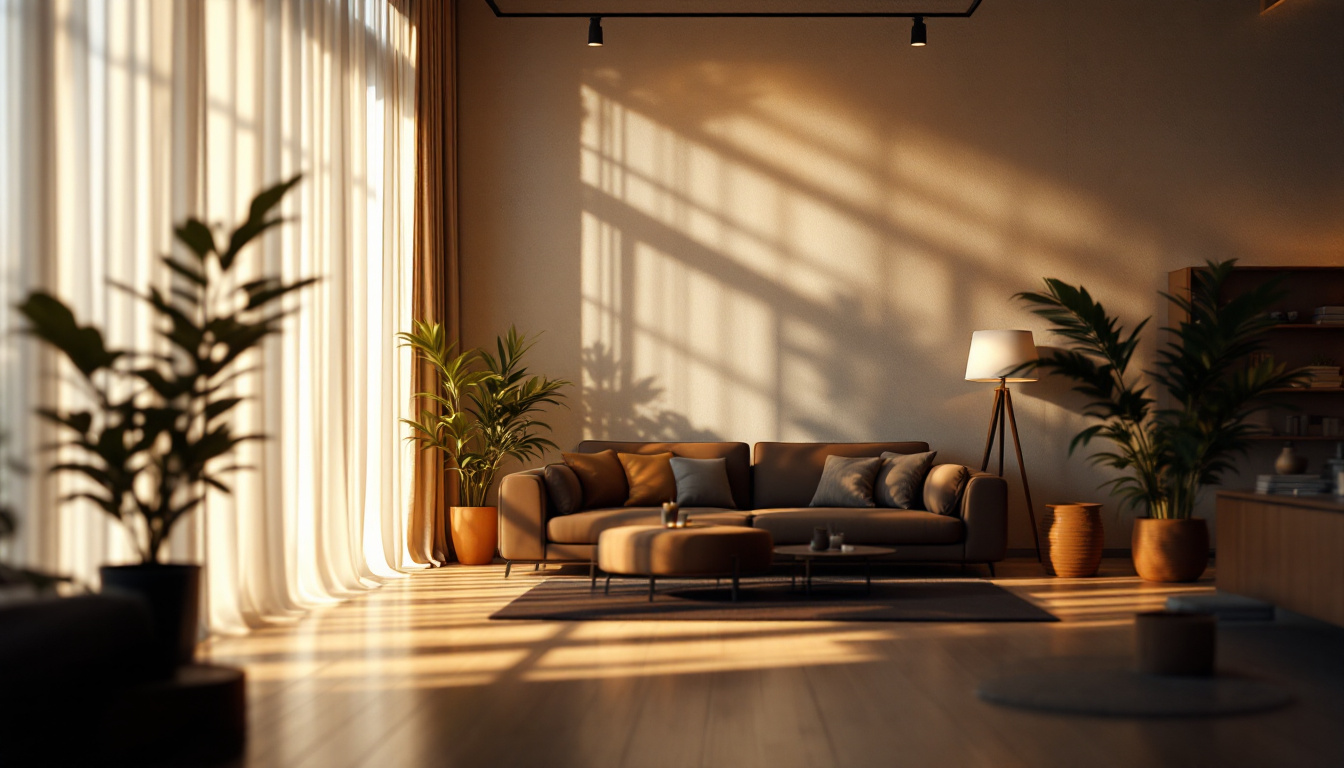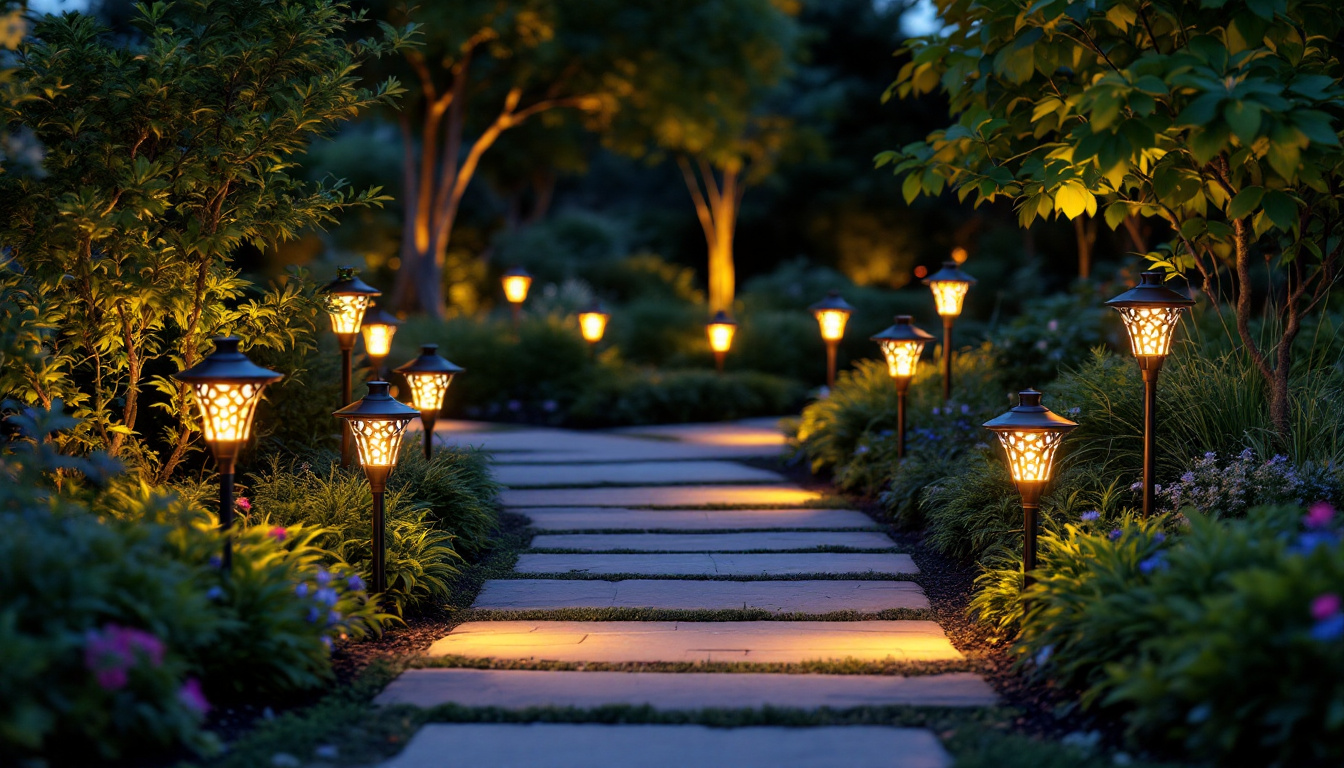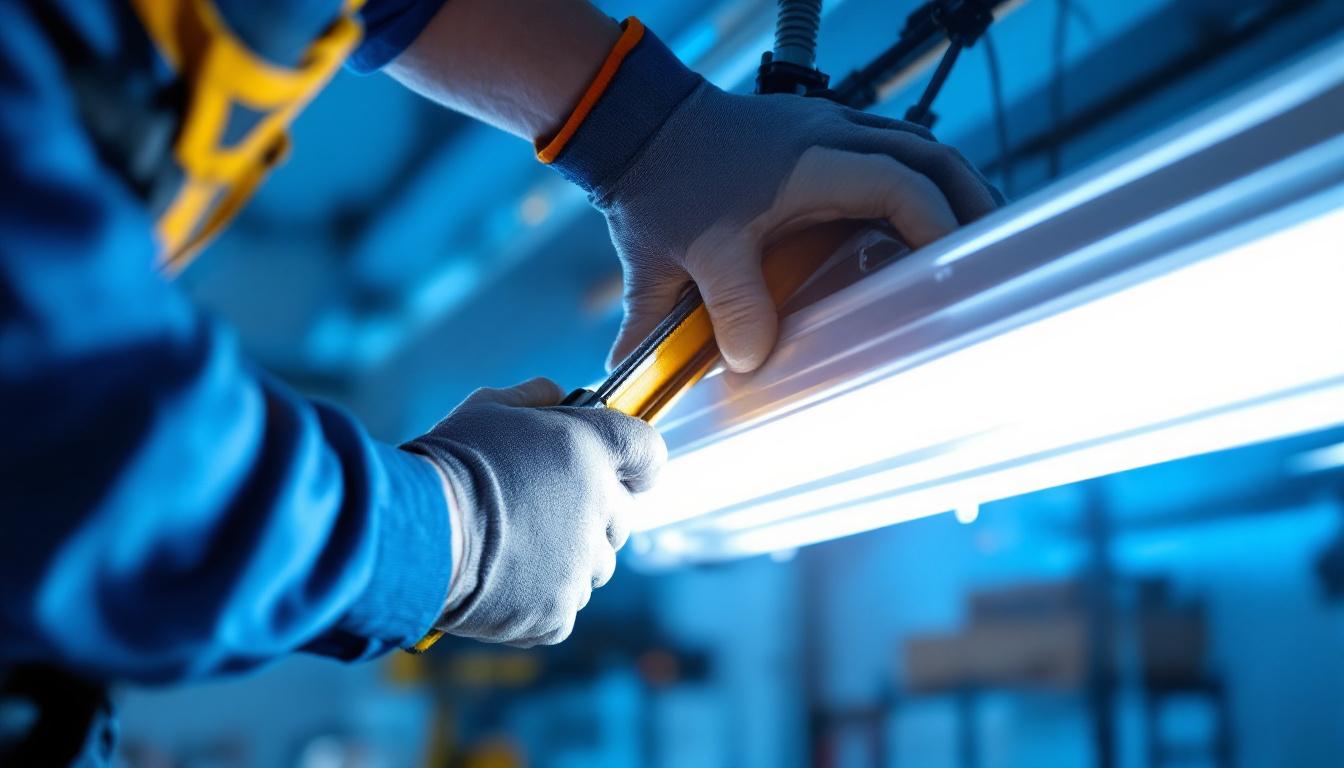
In the realm of architectural and landscape lighting, upward lighting has emerged as a transformative technique that enhances the aesthetics and functionality of various spaces. For lighting contractors, understanding the nuances of upward lighting is crucial for delivering exceptional results to clients. This article delves into the principles, applications, and best practices of upward lighting, equipping contractors with the knowledge they need to excel in their projects.
Upward lighting, often referred to as uplighting, involves directing light fixtures towards the sky or the upper portions of structures. This technique serves not only to illuminate but also to create dramatic effects that can highlight architectural features, trees, and other elements within a landscape. Understanding the fundamentals of this lighting style is essential for any contractor looking to expand their service offerings.
The direction of light plays a pivotal role in how spaces are perceived. Upward lighting can create a sense of height and grandeur, making it particularly effective in spaces with tall ceilings or significant architectural features. Additionally, the quality of light—whether it is warm, cool, or neutral—affects the mood and ambiance of the area. Contractors should consider the intended atmosphere when selecting fixtures and bulbs. For instance, warm light can evoke feelings of comfort and intimacy, making it suitable for residential settings, while cooler tones may be more appropriate for modern commercial spaces, promoting a sense of professionalism and clarity.
There are several types of fixtures suitable for upward lighting, including floodlights, spotlights, and wall-mounted sconces. Each type offers unique advantages and can be used in various applications. Floodlights provide broad illumination, making them ideal for lighting large areas, while spotlights can focus on specific features, creating a more dramatic effect. Understanding the strengths of each fixture type allows contractors to make informed decisions based on project requirements. Moreover, the choice of materials for these fixtures, such as weather-resistant finishes for outdoor use, can enhance durability and performance, ensuring that the lighting remains effective over time.
The placement and angling of lights are critical components in achieving the desired effect with upward lighting. Fixtures should be positioned to avoid glare while ensuring that the light reaches the intended target. Experimenting with angles can yield different results, allowing contractors to create dynamic visual experiences. It is advisable to conduct mock-ups or simulations to visualize the final outcome before installation. Additionally, incorporating dimmable fixtures can provide flexibility, allowing users to adjust the intensity of the light based on the time of day or the nature of the event, further enhancing the versatility of the lighting design.
When implementing upward lighting, it is crucial to consider the environmental impact. Light pollution can disrupt local ecosystems and affect wildlife behavior, particularly in areas close to natural habitats. Contractors should aim to use fixtures that minimize light spill and focus illumination where it is needed most. Utilizing energy-efficient LED bulbs not only reduces energy consumption but also contributes to sustainability efforts. Furthermore, integrating smart lighting systems can allow for automated adjustments based on ambient light levels, ensuring that the lighting remains effective while being environmentally conscious.
Upward lighting can be a powerful tool in landscape design, enhancing the natural beauty of outdoor spaces. By strategically illuminating trees, shrubs, and garden features, contractors can create a captivating nighttime environment that invites exploration and enjoyment. This technique can also be used to guide visitors through pathways or highlight focal points in a garden, such as sculptures or water features. Collaborating with landscape architects can lead to innovative designs that seamlessly blend lighting with the natural elements, resulting in a cohesive and enchanting outdoor experience.
Upward lighting can be applied in various settings, from residential landscapes to commercial properties. Its versatility makes it a valuable tool for contractors looking to enhance their projects. Understanding the different applications can help contractors tailor their services to meet specific client needs.
In residential settings, upward lighting can accentuate architectural features, such as columns, arches, and textured walls. It can also enhance landscaping elements, including trees, shrubs, and garden sculptures. By strategically placing uplights, contractors can create a warm and inviting atmosphere that extends the usability of outdoor spaces into the evening hours.
For commercial properties, upward lighting can significantly enhance curb appeal and brand visibility. Retail stores and restaurants can benefit from uplighting to highlight signage and architectural details, drawing customers’ attention. Additionally, well-lit outdoor areas can improve safety and security, making them more inviting for patrons. Contractors should consider the branding and image of the business when designing lighting solutions.
Upward lighting is also a popular choice for event spaces, such as wedding venues and banquet halls. It can create an enchanting atmosphere by illuminating the architecture and adding depth to the decor. By using color-changing LEDs, contractors can offer clients the ability to customize the lighting to match the theme of their event, providing a unique and memorable experience.
Successful upward lighting installation requires careful planning and execution. Following best practices can help ensure that the final result meets client expectations and enhances the overall design of the space.
Before any installation begins, conducting a thorough site assessment is essential. This involves evaluating the existing landscape, architectural features, and potential obstacles that may affect lighting placement. Understanding the client’s vision and requirements during this phase can help contractors create a tailored lighting plan that aligns with their goals.
Selecting the appropriate fixtures and bulbs is crucial for achieving the desired effect. Contractors should consider factors such as brightness, color temperature, and energy efficiency when making equipment choices. Additionally, opting for durable, weather-resistant fixtures is essential for outdoor applications to ensure longevity and minimize maintenance.
After installation, it is vital to test the lighting setup and make necessary adjustments. This may involve repositioning fixtures, changing angles, or swapping out bulbs to achieve the optimal effect. Engaging with the client during this phase can provide valuable feedback and ensure satisfaction with the final result.
While upward lighting offers numerous benefits, it also presents unique challenges that contractors must navigate. Understanding these challenges and their solutions can enhance the overall effectiveness of lighting projects.
One of the primary challenges associated with upward lighting is light pollution. Excessive upward lighting can contribute to skyglow, which obscures the visibility of stars and disrupts local wildlife. Contractors should be mindful of local regulations and best practices to minimize light pollution, such as using shielding techniques and selecting appropriate wattages.
outdoor lighting fixtures are exposed to various environmental elements, which can impact their performance and longevity. Regular maintenance is necessary to keep fixtures clean and functional. Contractors should educate clients on the importance of maintenance and offer services to help them keep their lighting systems in optimal condition.
Educating clients about the benefits and limitations of upward lighting is crucial for managing expectations. Clients may have specific ideas about what they want, but understanding the technical aspects can lead to more informed decisions. Providing visual examples and discussing potential outcomes can help clients appreciate the value of professional lighting design.
The lighting industry is continuously evolving, with new technologies and innovations enhancing the capabilities of upward lighting. Staying informed about these advancements can give contractors a competitive edge and improve the quality of their work.
LED technology has revolutionized the lighting industry, offering energy-efficient solutions with longer lifespans and lower heat output. For upward lighting, LEDs provide a wide range of color temperatures and brightness levels, allowing for greater flexibility in design. Additionally, many LED fixtures now come with smart technology, enabling remote control and customization of lighting scenes.
Smart lighting systems are becoming increasingly popular, allowing for greater control and automation of lighting setups. Contractors can integrate upward lighting with smart home systems, enabling clients to adjust settings via smartphone apps or voice commands. This technology not only enhances convenience but also allows for dynamic lighting changes based on different occasions or moods.
As sustainability becomes a growing concern, solar-powered lighting options are gaining traction. These fixtures harness solar energy during the day and illuminate spaces at night without the need for electrical wiring. While solar-powered upward lighting may have limitations in terms of brightness and runtime, advancements in battery technology are improving their performance, making them a viable option for eco-conscious clients.
Upward lighting is a powerful tool in the arsenal of lighting contractors, offering the ability to transform spaces and enhance their visual appeal. By understanding the fundamentals, applications, best practices, and innovations in upward lighting, contractors can provide exceptional service to their clients. As the demand for creative and effective lighting solutions continues to grow, staying informed and adaptable will be key to success in this dynamic field.
Ultimately, the mastery of upward lighting not only elevates the aesthetic value of a project but also contributes to the overall functionality and enjoyment of spaces. Lighting contractors who embrace this technique will find themselves well-positioned to meet the evolving needs of their clients and the industry as a whole.
Ready to take your upward lighting projects to the next level? At LumenWholesale, we provide lighting contractors with the highest quality, spec-grade lighting products at prices that can’t be beaten. Say goodbye to middleman markups and hello to a selection that meets the most rigorous industry standards. With free shipping on bulk orders, you can trust that you’re getting premium lighting at the best value, with no hidden fees. Elevate your lighting designs with the durability, performance, and affordability that LumenWholesale offers. Wholesale Lighting at the Best Value is just a click away. Transform your spaces with confidence and convenience today!

Discover essential tips and common pitfalls for lighting contractors working with outdoor lamp holder sockets.

Discover essential insights for lighting contractors on selecting and installing ceiling fans in garages.

Explore the transformative journey of decorative solar lawn lights and their impact on the lighting industry.

Discover the step-by-step guide to replacing a fluorescent light ballast with expert tips from seasoned lighting contractors.